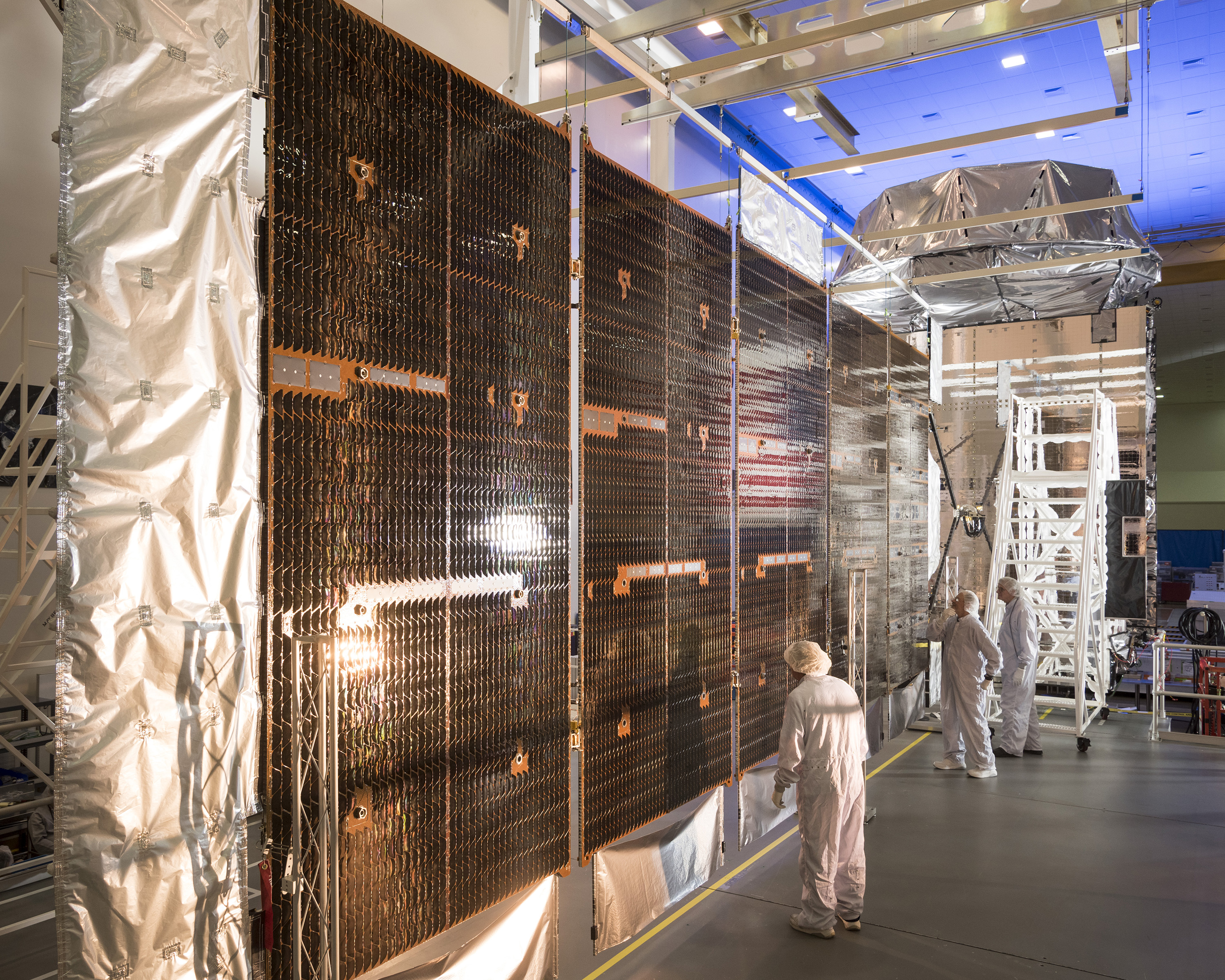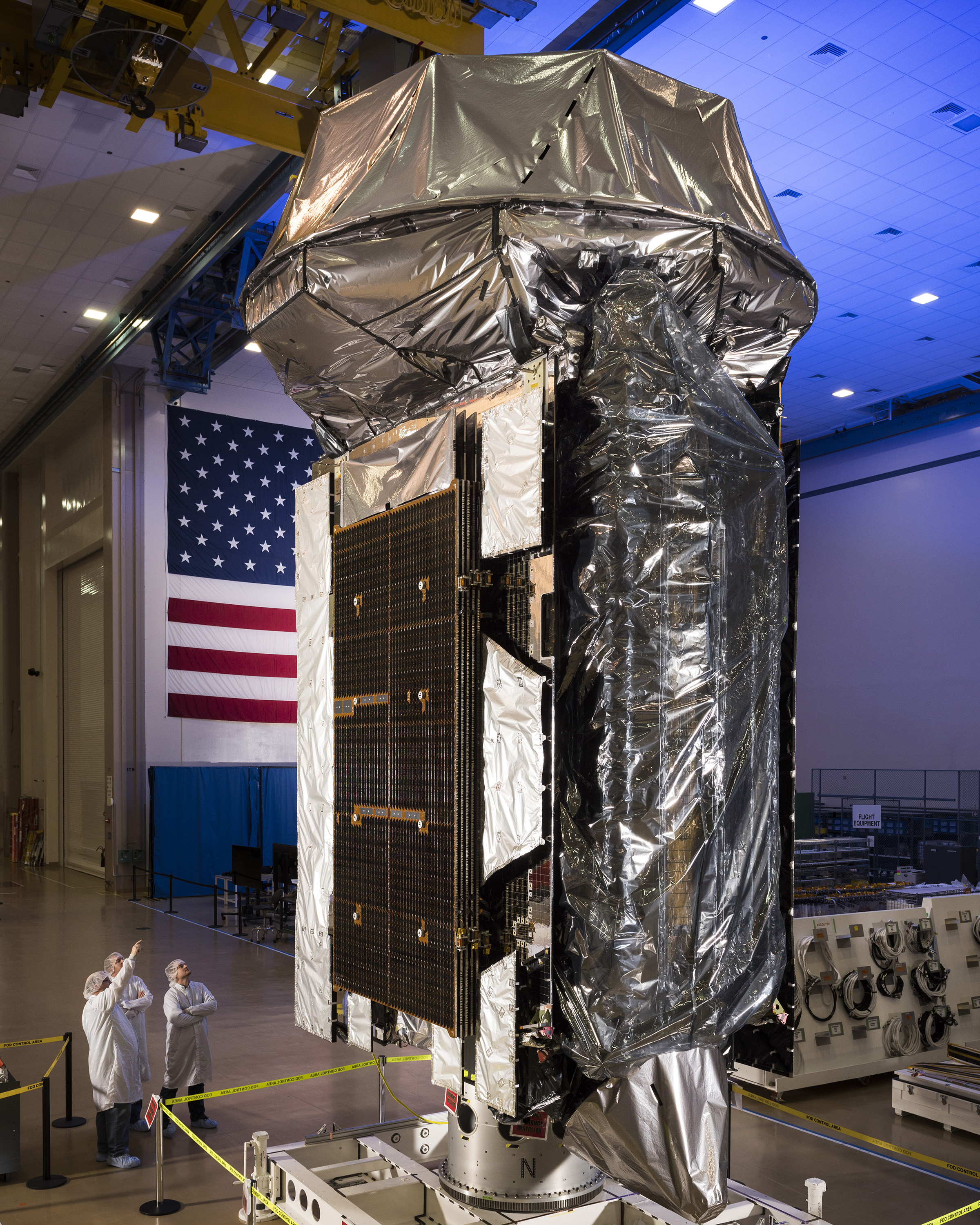
The fifth Mobile User Objective System (MUOS) satellite is now operational and delivering secure communications to legacy Ultra High Frequency (UHF) radios, Lockheed Martin announced today.
The last satellite in the MUOS constellation was launched in June 2016 and experienced a problem with its propulsion system as it moved into orbit, but Navy and Lockheed Martin engineers delivered it to its operational orbit through alternative propulsion. By Oct. 30, 2016, the MUOS-5 satellite had deployed its solar arrays and antennas, and on Jan. 19, 2017, it completed post-launch on-orbit testing.
MUOS-5 now joins other satellites in supporting communication between legacy radios on aircraft, ships, submarines and ground vehicles and held by troops in the field in all geographic combatant commands, according to Lockheed Martin’s news release. As the Navy transitions to the next-generation Wideband Code Division Multiple Access (WCDMA) waveform, the first four MUOS satellites will transition too – they were launched with two payloads, one for UHF and one for WCDMA. MUOS-5 will continue to focus on supporting legacy UHF communications and will serve as an on-orbit spare for WCDMA communications.

The MUOS system, including its WCDMA capability, began “early combatant commander testing” in June 2016 and has since provided user feedback for Lockheed Martin to incorporate into the system ahead of the Navy declaring full operational capability, Mark Woempner, director of Narrowband Communications Systems at Lockheed Martin, said in the news release.
Once fully operational, MUOS will provide 10 times the communications capability compared to legacy systems – with simultaneous voice, video and data over a secure high-speed Internet Protocol-based system – and will expand to near-global coverage, moving into the polar regions that present communications challenges.





